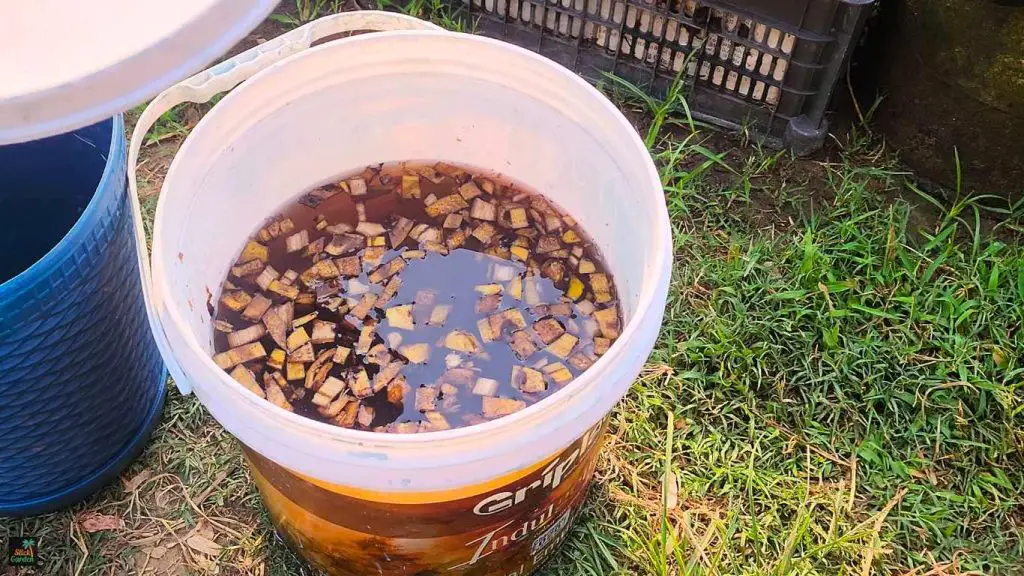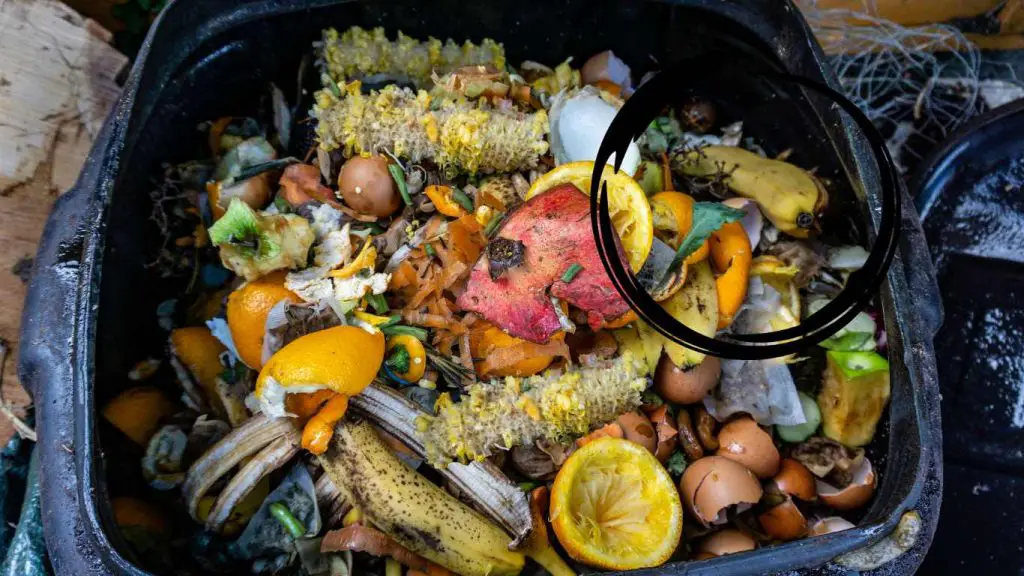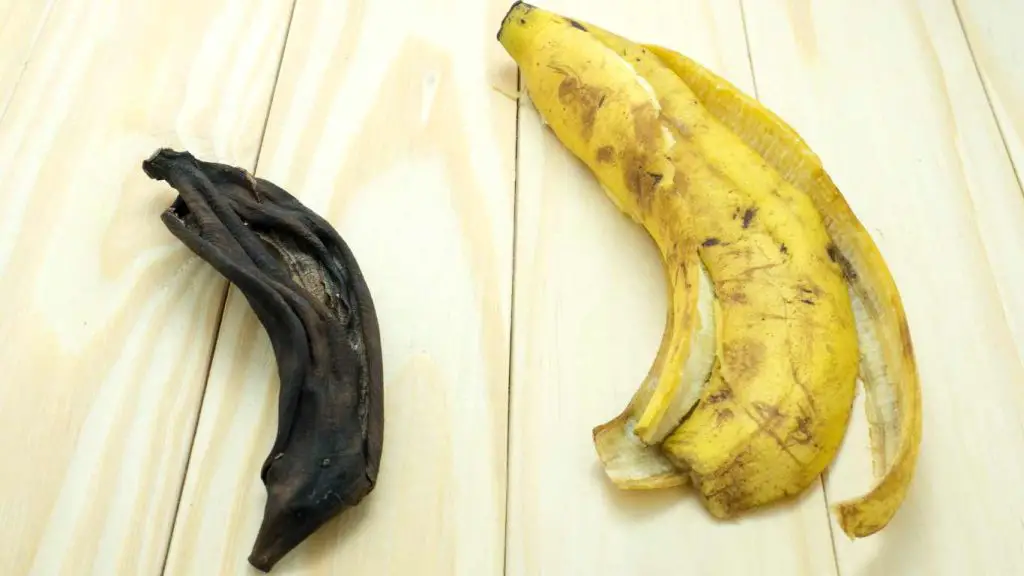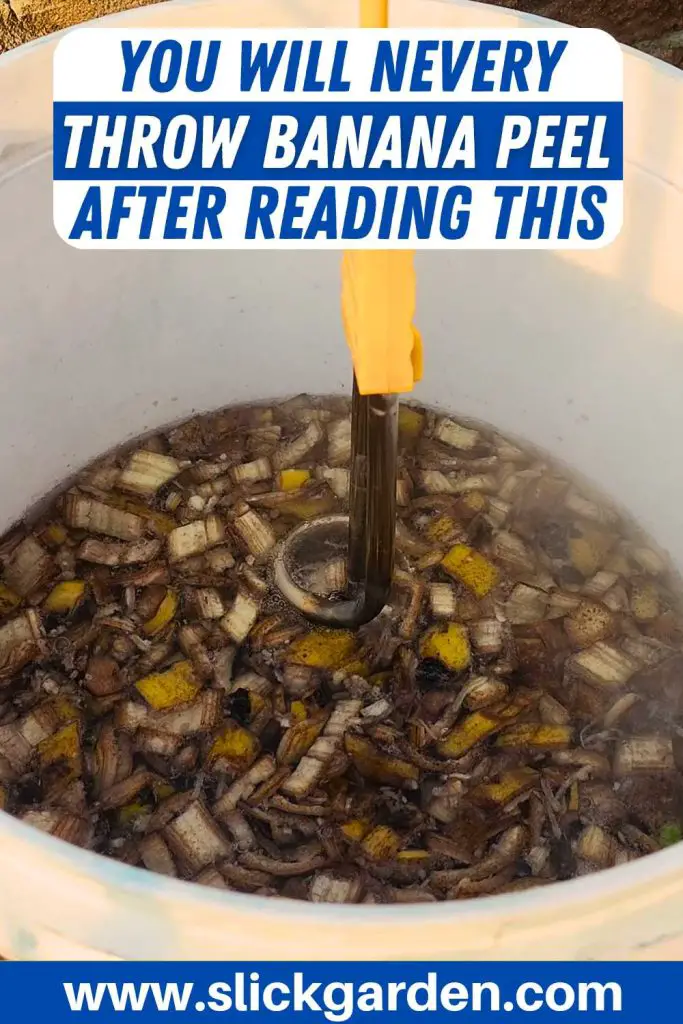Banana peels are a sustainable and environmentally friendly way to garden. They contain important nutrients that help plants grow and stay healthy, making them a useful addition to any garden and encouraging people to recycle kitchen waste.

Banana peels are good for you, good for the soil, and good for the environment. For plant health, they provide potassium, phosphorus, and calcium.
They also improve the structure of the soil, release natural fertilizer, and encourage gardening methods that are good for the environment. Their quick breakdown keeps the nutrients coming in, which cuts down on food waste and the need for chemical fertilizer.
1: Direct Use Of Banana Peel

You can still eat bananas normally, but after you do, set the peels aside to collect later. Rinse the peels under cool water to get rid of dirt and other bad things.
When you want to store them for a while, pat them dry with a paper towel or put them on a drying rack to let them air dry. Don’t let mold grow on the peels; keep them somewhere cool and dry.
When you’re ready to use them, take the peels out of the fridge and put them in compost, use them as fertilizer, add them to recipes, or make your own skincare products.
Preparation: Cutting banana peels into smaller pieces is the best way to get the most out of using them in your garden. This speeds up the decomposition process and lets nutrients get into the soil more quickly and efficiently.
After eating a banana, make sure the peels are clean and don’t have any labels or stickers on them. To break down faster, cut them into pieces that are about 1 to 2 inches long. Let them dry in the open air for one or two days if you want to lower the risk of pests when you bury them or use them in the garden.
Break up banana peels into smaller pieces so that soil microorganisms can break them down more quickly. This speeds up the release of nutrients, which helps plants grow better and produce more flowers.
Bury the Peels: Dig small holes or trenches about 2 to 3 inches deep around plants to make the soil more fertile. In these holes, cut banana peels. Cover them with soil and let them break down. This process sends nutrients straight to the roots of plants, which helps them grow better.
Mulch: Banana peels break down faster if you cut them up and spread them out evenly on the soil around the bases of plants. Don’t pile up peels that are too thick to keep mold or bugs away.
Banana peels can be used as mulch because they keep the soil moist, keep weeds down, and release nutrients slowly as they break down.
Add to Compost: For a compost pile to stay healthy, the greens and browns must be mixed evenly. If you want to keep the right balance in your compost bin or pile, banana peels can be added.
Green things like banana peels are high in nitrogen and should be balanced with brown things like dried leaves, cardboard, or straw.
In a compost bin or pile, mix greens and browns so that the ratio is 2:1. After each layer, lightly wet the materials with water to make a damp pile that will break down faster
Turn or mix the compost pile every so often to make sure the materials are spread out evenly. As you add kitchen scraps and yard waste, make sure there is a balance of greens and browns. If the pile gets too wet or smelly, change the ratio.
Having the right amount of greens and browns in compost piles helps them break down properly, cut down on smells, and make sure the compost is full of nutrients.
This balance makes a great place for microbes to work, which lowers the smells that come with anaerobic decomposition and makes it a great soil amendment for gardens.
2: Banana Peel Tea for Your Garden
A quick and easy way to extract nutrients from banana peels and give them straight to your plants is to make banana peel tea. Here’s how to make and utilize tea made from banana peels in your garden:
Preparation: After eating, gather clean banana peels and cut them into smaller pieces to facilitate the extraction of nutrients more quickly.
Put chopped banana peels in a container and fill it up with water until its one liter for every peel. Soak for three to five days to get the nutrients that are leaching out of the peels. This will let the water soak up the nutrients.
Strain the Tea: After soaking for several days, strain the water infused with banana peels, making sure to remove any solid peel pieces with cheesecloth or a fine mesh sieve.
Dilution: The amount of water added to banana peel tea depends on how strong the tea is and how sensitive the plant is to it. A typical ratio is one part tea to three to five parts water.
Watering: To water plants, dilute tea made from banana peels, making sure the soil is covered around the plant’s base. Steer clear of over-wetting, especially in hot and sunny weather, to reduce the risk of fungal infections and sunburn.
By following certain steps, you can use banana peel tea to feed plants nutrients-rich food and naturally improve garden soil.
Fermentation Process: A nutrient-rich liquid that fermented banana peels produce has potential benefits for plants. In a clean container, place the chopped banana peels, pour water over them, and then cover them loosely with a lid or piece of cloth. Stir the mixture occasionally while letting it ferment for approximately one week.
One part fermented liquid to five parts water is a common ratio to use when diluting the liquid after it has been strained to remove solid particles for a week.
Apply to Plants: The diluted mixture should be put on plants at the base to make sure nutrients get to the roots. Fermented banana peel fertilizer should be used every two to four weeks.
Benefits of Fermented Banana Peel Liquid
Fermented liquid, made from kitchen waste, is a nutrient-rich, soil-health-enhancing solution that encourages environmentally friendly gardening techniques.
Related Articles:
- Benefits Of Coffee Grounds In Vegetable Garden
- 10 Ways To Use Baking Soda In Your Garden
- Why You Should Use White Vinegar In Your Garden
3: Drying Methods:

Banana peels can be stored and used as a long-term source of nutrients in your garden by drying them and pulverizing them.
Spread the cut peels out on a clean surface and put them somewhere sunny with good air flow. Let them dry all the way through, which could take a few days. To make sure they dry evenly, turn them over every so often.
Dehydrator: Cut peels should be placed in a food dehydrator, turned down to low, and left to dry for several hours until they are brittle and completely dry.
Grinding Dried Peels: Use a coffee grinder, blender, or food processor to grind the peels into a fine powder after they have dried.
Sprinkling Powder: Apply powdered banana peel to the soil near the bases of the plants, either directly on top of it or gently blended into the top layer. Slowly breaking down, the powder releases nutrients and supplies calcium, phosphorus, and potassium continuously.
Mixing into Soil: For a more comprehensive approach, especially when preparing beds or planting new plants, incorporate powdered banana peel into potting mix or garden soil. For best results, use one tablespoon per square foot.
Benefits
Banana peel powder improves soil structure, water retention, and microbial activity while giving plants vital nutrients like potassium, phosphorus, and calcium. It is also a long-lasting and convenient fertilizer option because it improves soil structure and is simple to store.
Pest Repellent: When banana peels break down, they add healthy nutrients to the soil and promote plant growth, making them an environmentally friendly and chemical-free insect deterrent. This economical solution recycles kitchen scraps as well.
Pests Targeted: By giving off a pleasant smell, banana peels can keep aphids and ants from getting into plants.
You can keep dangerous pests out of your garden and improve plant health and soil quality at the same time by using banana peels as a repellent. This easy, long-lasting technique is a valuable addition to any gardener’s repertoire.
Banana peels are a great resource for organic and sustainable gardening because they have so many benefits for your garden. The main advantages are as follows:
- In addition to being a natural insect repellent, banana peels are a rich source of vital nutrients for composting, soil enhancement, and plant growth.
- They have potassium, phosphorus, calcium, magnesium, and sodium, all of which are necessary for the formation of cell walls, root growth, flowering, and fruit production.
- Additionally, compost piles with decomposing banana peels have more fertile soil and encourage balanced decomposition.
- Fermented banana peel liquid is inexpensive, environmentally friendly, and gives you a quick boost of nutrients. It also reduces kitchen waste.

